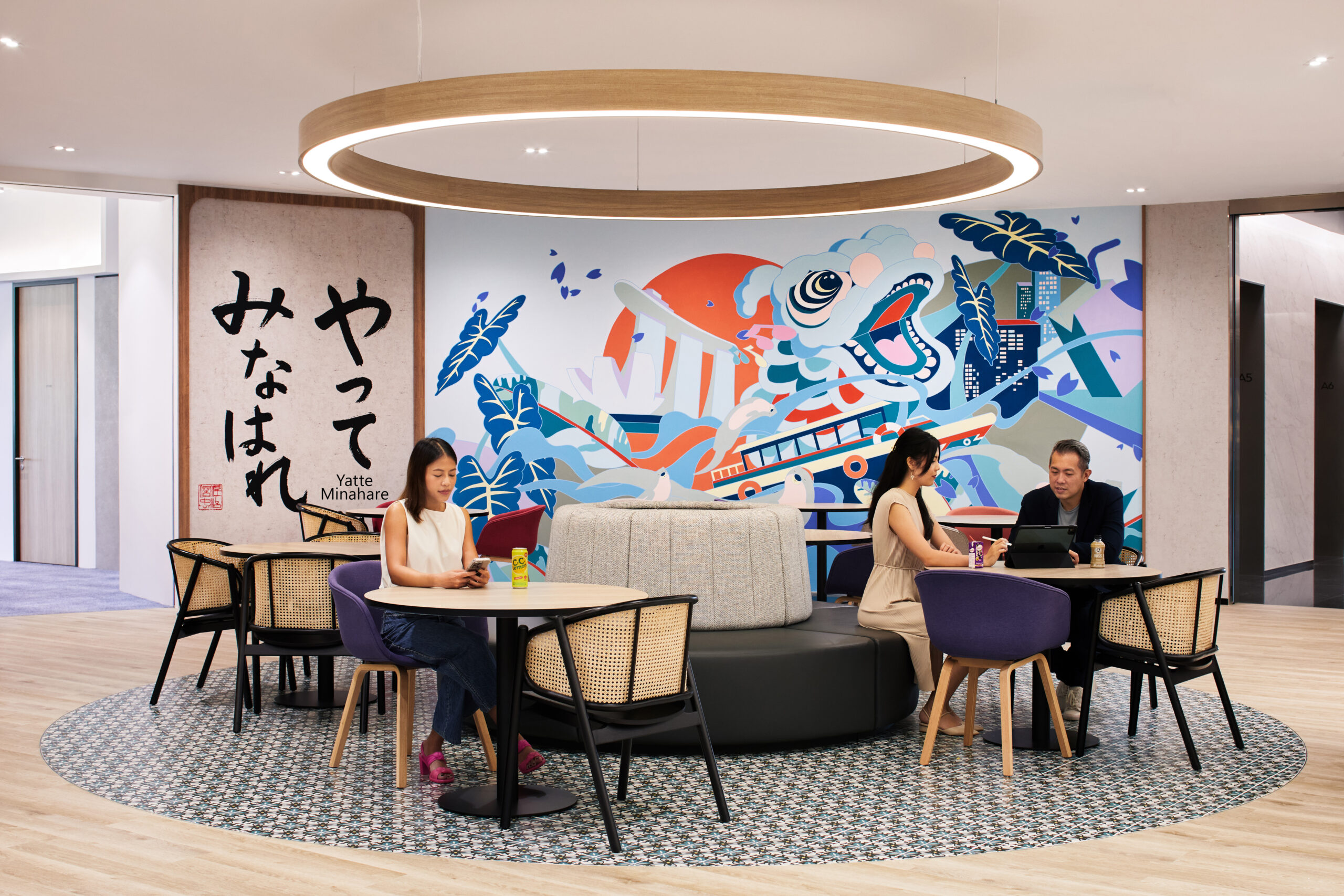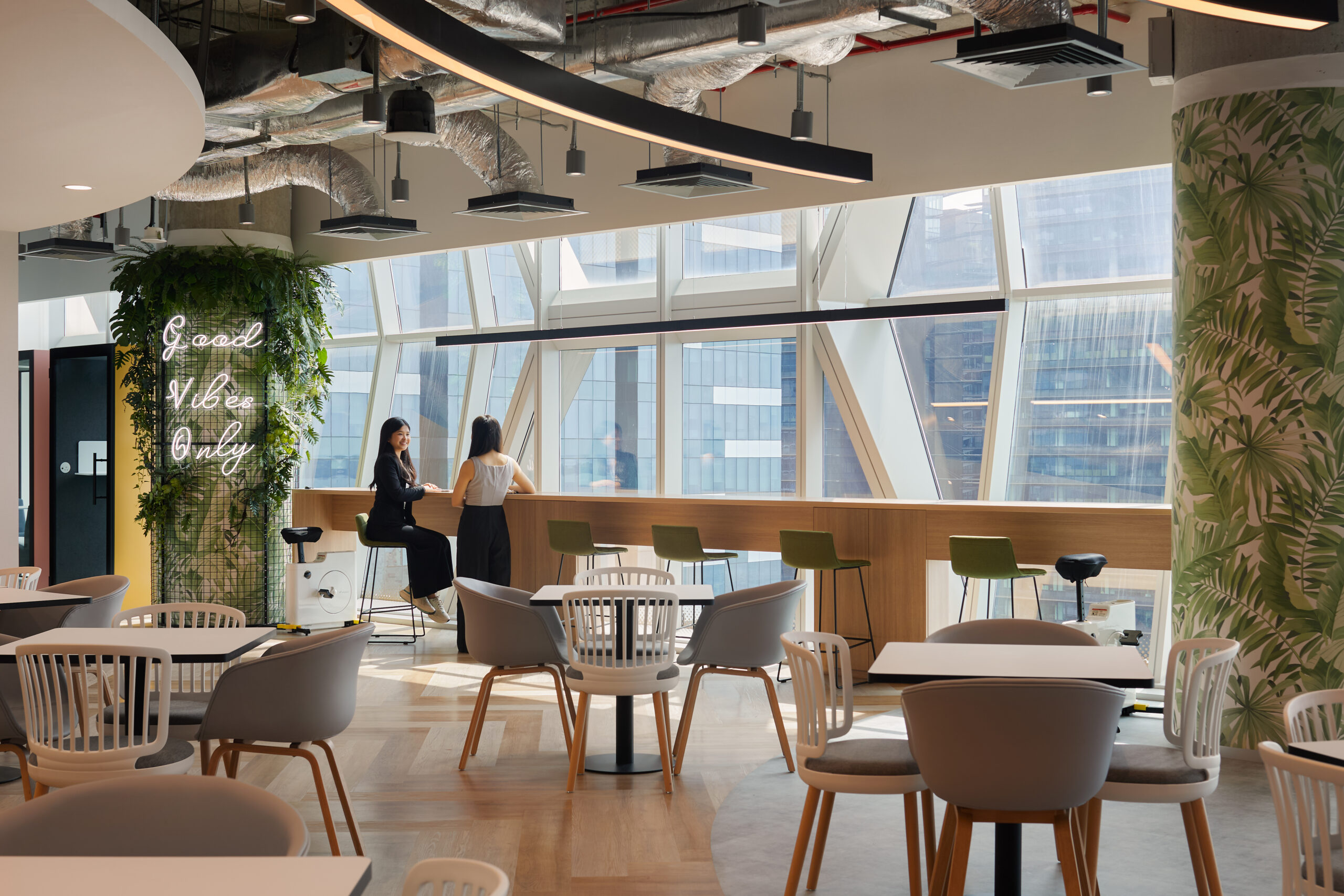Key Takeaways
- Small changes like quiet rooms, adjustable lighting, and clear layouts make offices more supportive.
- Inclusive design benefits all employees, improving productivity and satisfaction across the board.
- Singapore businesses are already experimenting with sensory-friendly and wellness-focused offices.
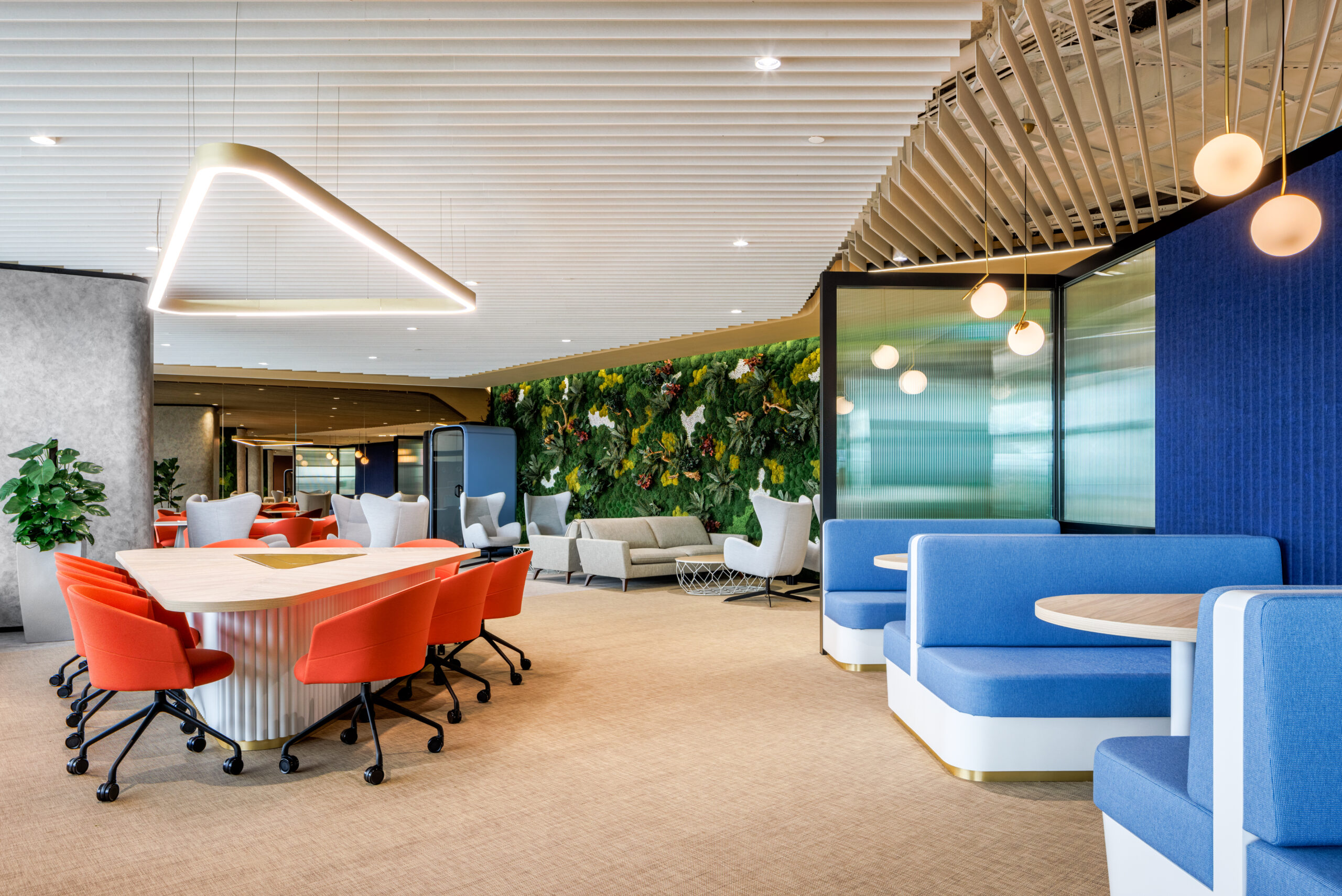
Why Neurodiversity Awareness Matters
With growing public awareness and open discussions, neurodiversity has gone from being rarely discussed in corporate settings to being extremely important in the workplace setting. Organisations around the world are beginning to understand that not everyone experiences the workplace in the same way. Conditions such as autism, ADHD, and dyslexia come with unique challenges but also bring fresh perspectives, creativity, and problem-solving skills. To tap this immense talent, businesses, especially in innovative hubs like Singapore, need to rethink how workplaces are designed.
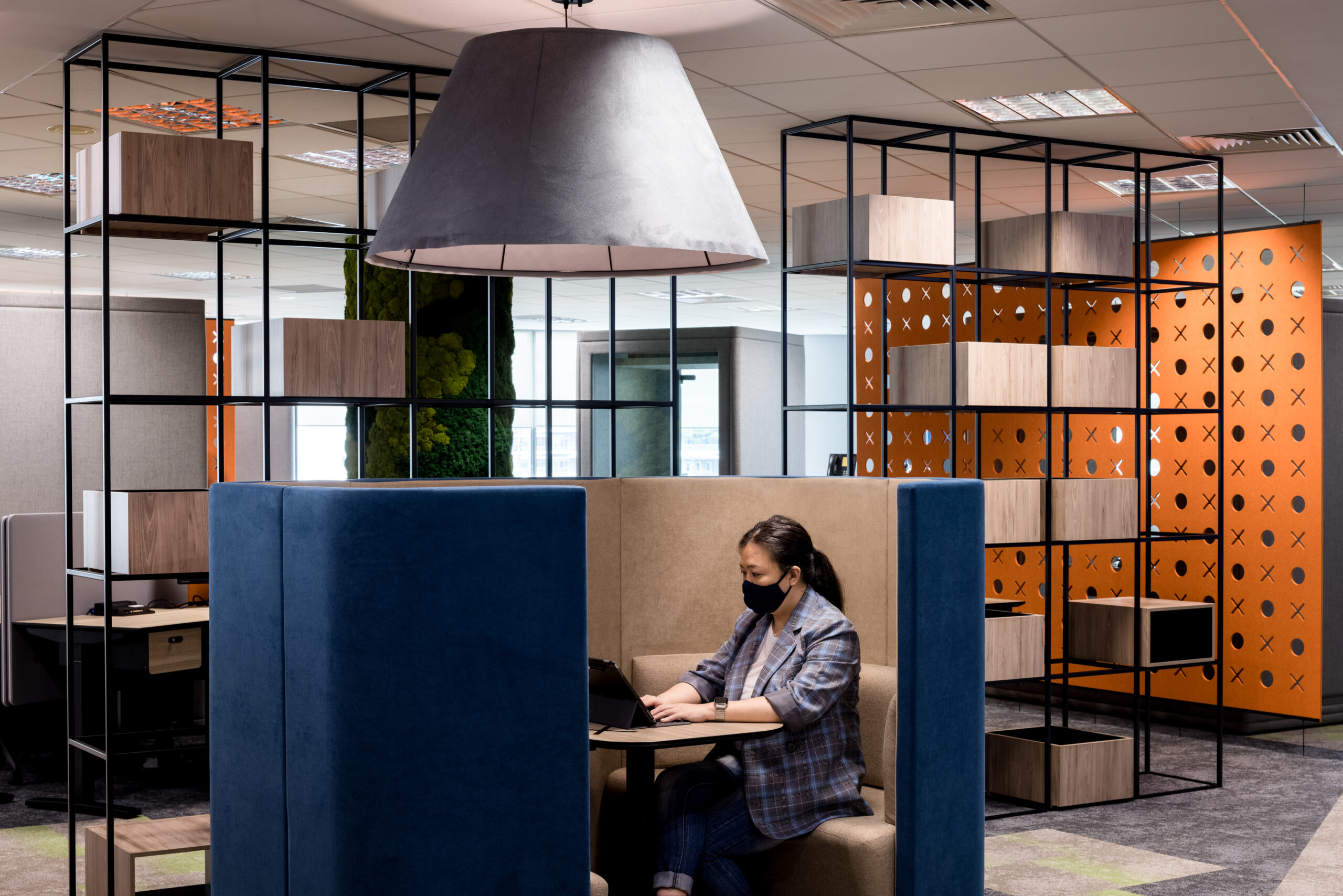
The Workplace Challenge
Most workplaces are traditionally designed with efficiency in mind, but often they miss the mark when it comes to inclusivity. Research shows that 1 in 7 people worldwide is neurodivergent, yet many workplaces are still built with a “one-size-fits-all” mindset. This leaves a large part of the workforce struggling to perform at their best in environments that don’t cater to their needs.
Even more striking, studies reveal that 15–20% of the global population is neurodivergent, and despite the unique skills and perspectives they bring, many remain under-employed or overlooked altogether. That’s not just a missed opportunity for individuals, it’s a missed opportunity for businesses. Think about it: in a knowledge-driven economy where creativity, problem-solving, and innovation are prized, why would any company want to limit itself by failing to design spaces where every mind can thrive?
The challenge, then, is not about whether neurodiverse employees can succeed, but whether workplaces are designed to let them succeed. And that’s exactly where the shift toward more inclusive, human-centered design begins.
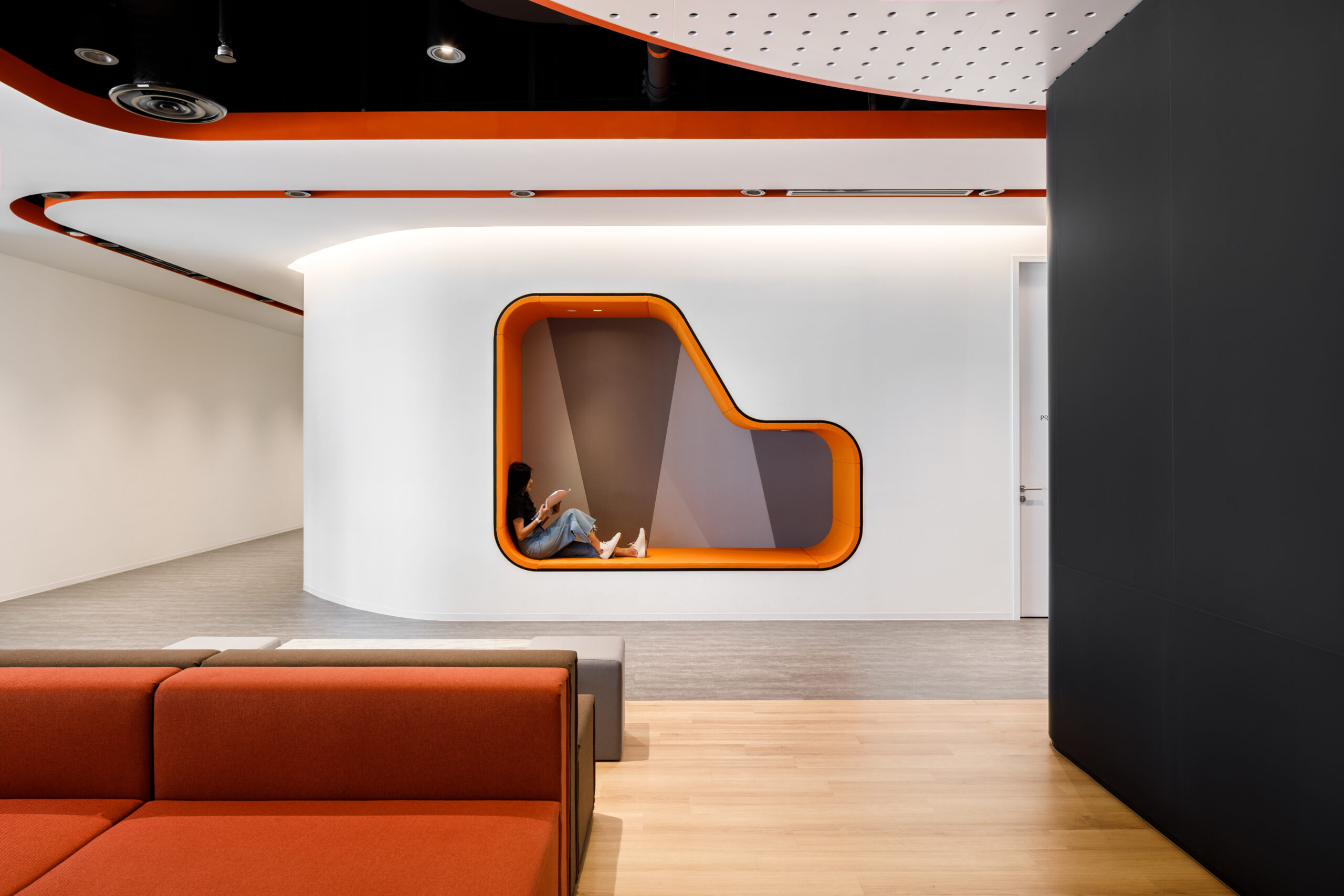
Real Impact with Real Potential
In Singapore, many autistic individuals have spoken about the pressure to mask their traits in order to “blend in” at work. Something as simple as maintaining eye contact can feel exhausting, yet many push through the discomfort to avoid standing out. This silent effort, common among high-functioning autistic individuals, often comes at a cost — leading to stress, anxiety, and burnout. It highlights how much invisible labor goes into simply existing in traditional workplaces.
For organizations, this is a wake-up call: office environments must be designed to reduce the need for masking. Simple interventions like quiet zones for decompression, flexible seating, adjustable lighting, and a culture that upholds disclosure can make a profound difference. When workplaces embrace neuro-inclusive design, they don’t just create accessibility; they empower neurodiverse employees to thrive authentically, without the constant burden of hiding who they are. Some studies prove that neurodiverse teams can be 30% more productive, and employees in tailored programs may be 90–140% more productive.
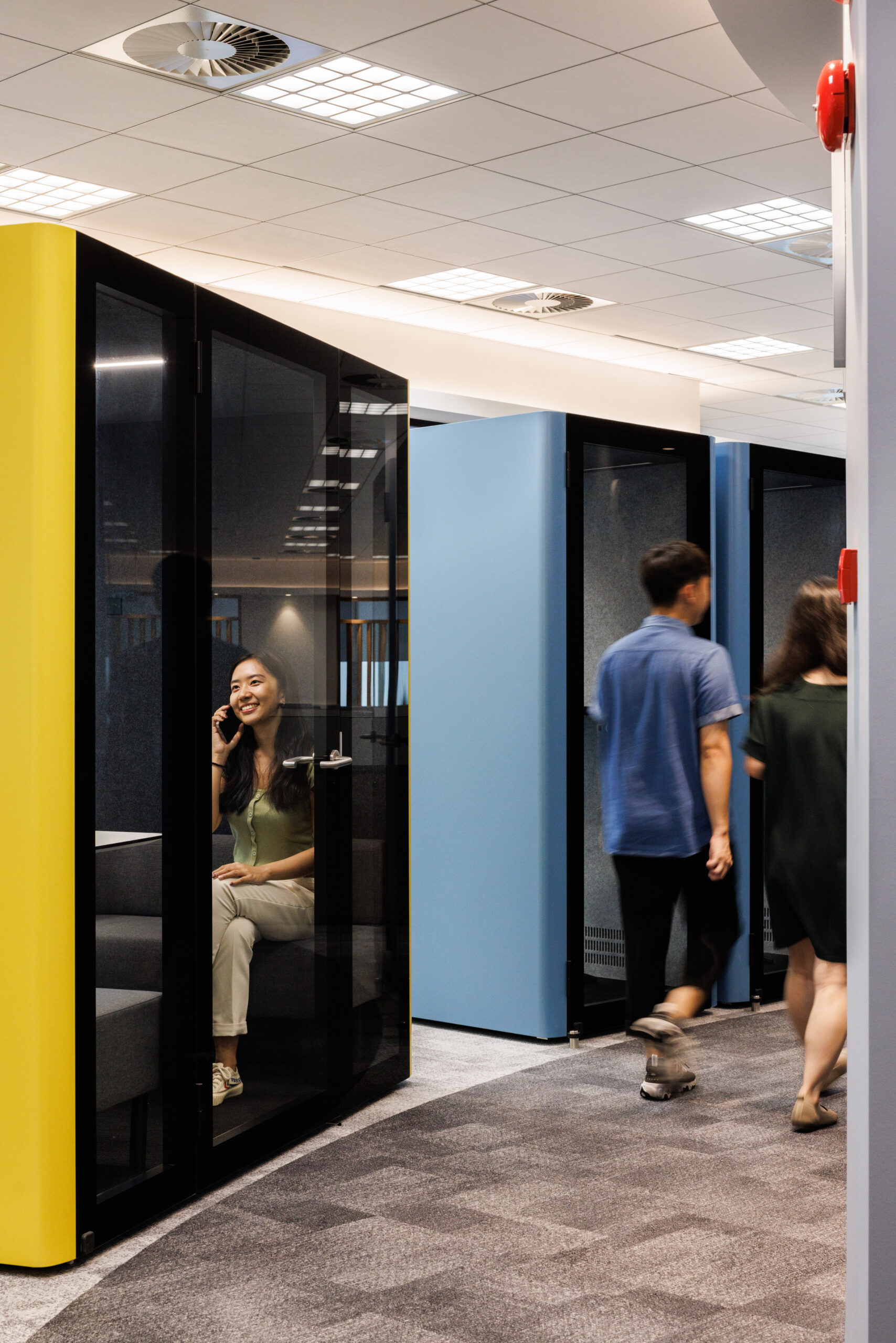
Principles of Designing for Neurodiversity
Designing inclusively is about thoughtful adjustments and doesn’t require dramatic overhauls. Often it’s the smaller details that make the biggest difference. Quiet rooms or pods, for example, give employees a chance to step away from the noise of open offices and regain focus. Lighting and temperature are other key factors; many neurodiverse individuals are more sensitive to sensory inputs, so features like dimmable lights, natural daylight where possible, or even the option for personal desk fans can dramatically improve comfort.
The way a workplace is laid out also matters. Clear pathways, intuitive zoning, and visual cues such as color-coded areas reduce stress and make navigating the office effortless. Sensory-friendly finishes like matte surfaces, muted color palettes, and soft textures help cut down on glare, noise, and overstimulation. At the same time, spaces for collaboration should be designed with balance. This means comfortable, acoustically friendly, and separate from quieter areas so teamwork doesn’t overwhelm those who need calm.
Above all, flexibility is the guiding principle. Offices that provide a mix of spaces, quiet corners, collaborative hubs, and casual lounges allow people to choose what works best for them on any given day. Inclusive workplaces deliver amazing results and not only support neurodiverse employees but make the workplace better for everyone.
Singapore Leading the Way
Singapore has always been a hub for progressive workplace practices, and neurodiversity is increasingly becoming part of that conversation. Companies here are recognising that inclusive spaces are not just a “nice-to-have” but a strategic advantage. This approach is not about ticking boxes; it’s about reimagining the workplace as a place where different types of minds can do their best work. By blending design solutions with awareness and training, businesses in Singapore are showing how inclusion can move from theory to practice.
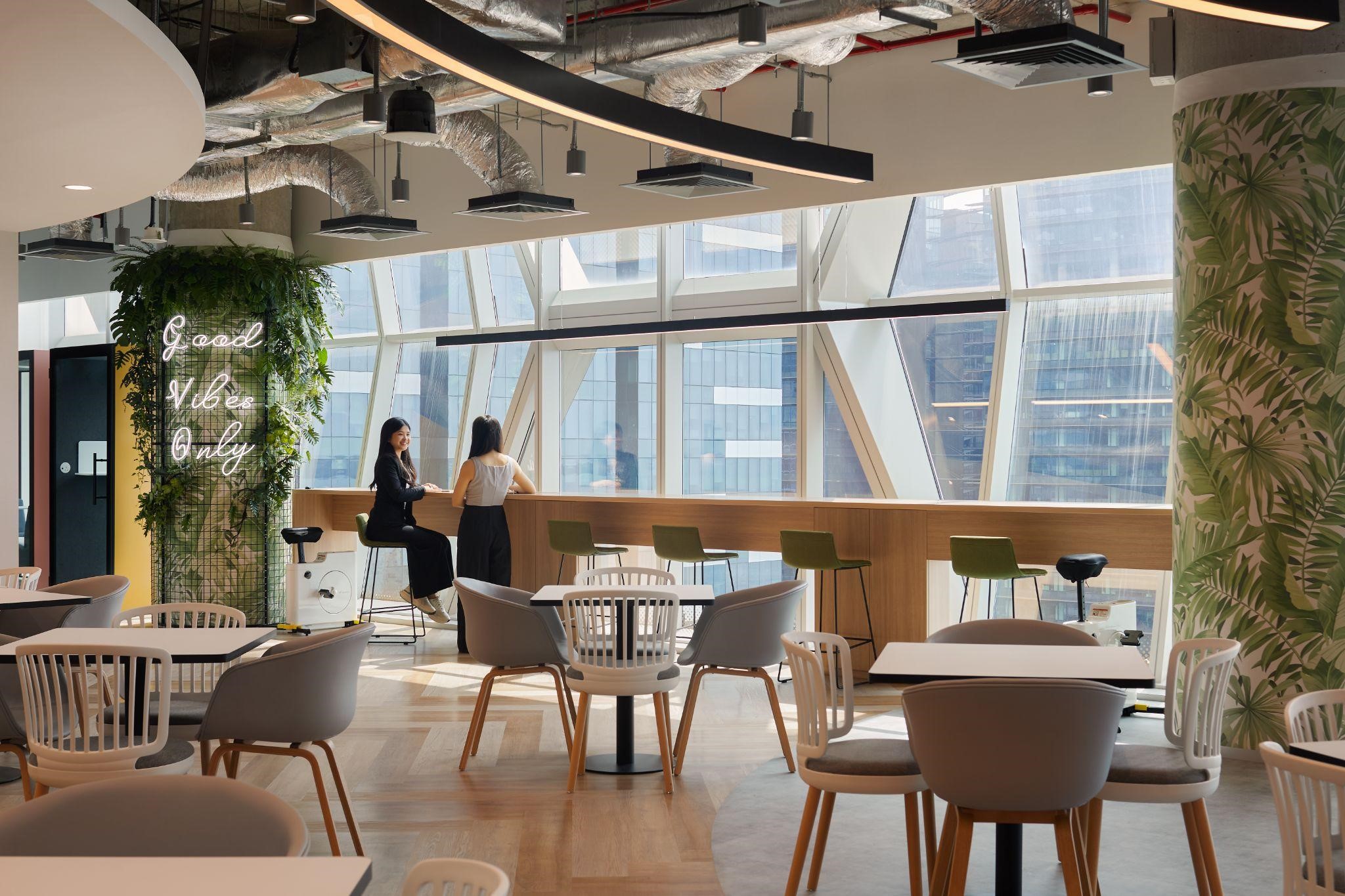
Why It Benefits Everyone
Here’s the cool truth: designing for neurodiversity doesn’t just help those who are neurodivergent, it elevates the workplace for everyone. Features like quiet zones, better acoustics, natural light, and flexible seating don’t single out one group; they create an environment where all employees can focus, collaborate, and recharge more effectively. For instance, research has shown that access to natural daylight can boost productivity by up to 18% and improve overall well-being. These are benefits that extend far beyond any one demographic, proving that inclusive design is simply smart design.
What’s more, when employees feel comfortable and supported, they are more engaged and motivated to bring their best ideas forward. A workplace that recognizes and adapts to diverse needs sends a clear message: every individual matters. This fosters not only higher productivity but also stronger team cohesion and loyalty. In today’s competitive market, where talent retention is a constant challenge, workplaces designed with inclusivity in mind become places where people thrive and succeed.
How DB&B Supports Businesses
At DB&B, we focus exclusively on offices and workplaces with a design approach that balances functionality, inclusivity, and culture, ensuring that every employee feels supported. There is no one “normal” brain, and great workplaces understand and reflect this truth.
By layering in quiet zones, good layouts, sensory-aware finishes, and flexible spaces, businesses create environments where creativity, comfort, and productivity flourish. Singapore is already steering toward this future. Embracing designing for neurodiversity isn’t just inclusive, it’s strategic. Let’s build offices where every kind of mind can bring its best.
